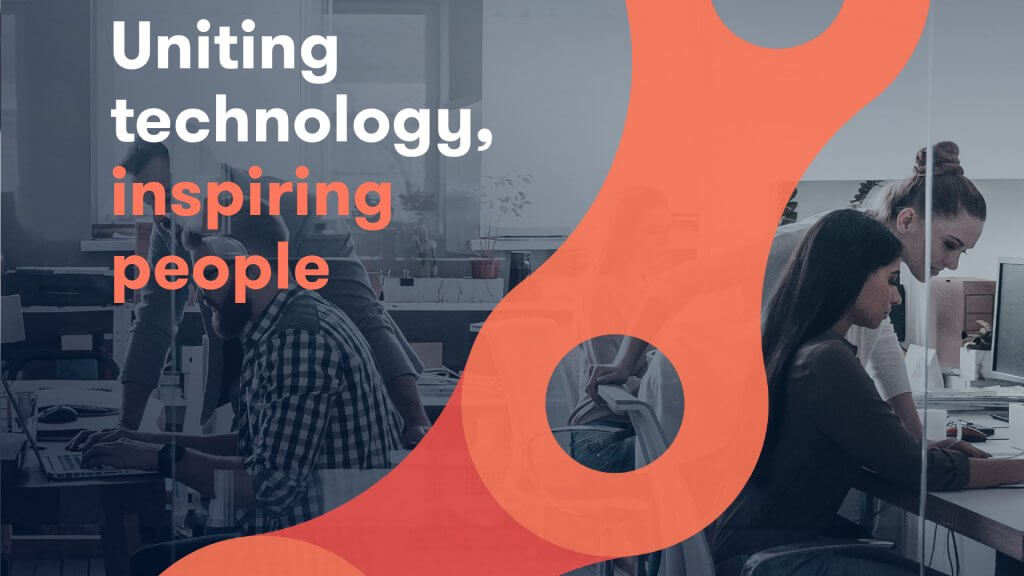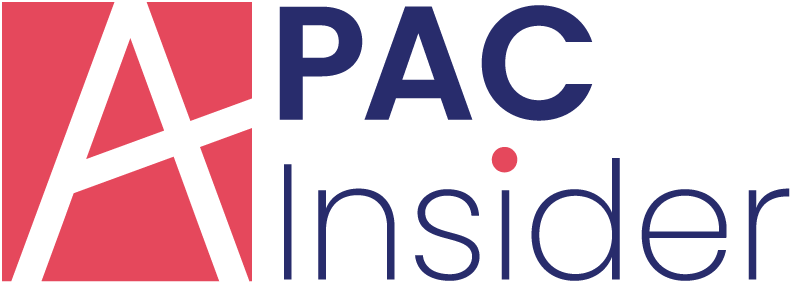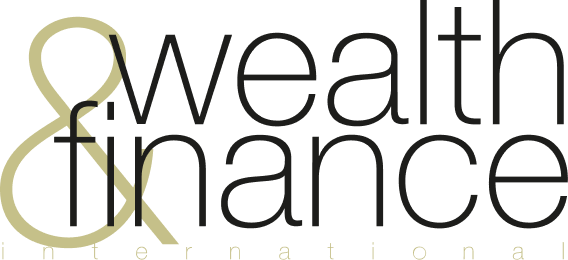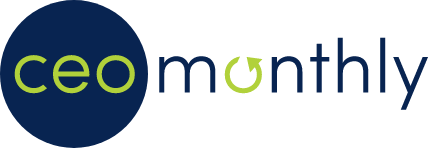Why M&A Matters
Strategic acquisition remains a popular option to rapidly scale. The Private Equity ‘Buy and Build’ methodology enables portfolios to gain additional market traction whilst obtaining valuable IP and gaining useful new Human Capital. These are distinct positives, of that there is no doubt – however what are the risks relating to technology, ROI and the people within the acquired organisations?
In this article we explore the common issues experienced when integrations aren’t carried out shortly after an acquisition is completed. There are of course circumstances where its actually better to leave an acquisition as a standalone, however that isn’t the focus of this article.
Understanding the impact to staff
When it comes to size of organisation, there are usually two types of people. There is the individual that seeks the larger organisation with the opportunities it brings, for example perhaps the ability to travel, the larger team to learn from or the potential to progress through the ranks of seniority at a more rapid pace.

On the other hand, there is the person that seeks the greater intimacy of the smaller company where everyone knows everyone else and there is less formality and more of a sense of ‘family’. This individual prefers this type of environment and thrives as they feel more a part of the business and feel they are more likely to be listened to. These businesses also tend to be more local and closer to home, making travel and the work/life balance easier to achieve.
Now after years of operating successfully – the larger company acquires the smaller company and so a period of significant change starts.
The employees of the larger organisation are pleased to see the business thriving and look forward working with new colleagues and new projects. Things are really looking good and everyone is talking about it internally and across LinkedIn – its creating quite the buzz.
The employees at the smaller organisation are nervous as hell however, asking questions such as ‘is my job safe?’ or ‘who will be my boss’? or ‘will my office close and do I have to relocate?’ All very valid concerns and these are often the thoughts that occur when the announcement is made that the company has been acquired. Much to the disappointment to the founder I might add – as he or she will undoubtably be delighted at the achievement – after all this has been years in the making.
There is great fanfare, PR statements made and the CEO from the larger business does a wonderful talk to the acquired business welcoming them. Then weeks pass. Months. The smaller organisation is still operating largely in the same manner, and this is not what people had expected. The dust has settled, and people become more relaxed. It becomes apparent that the acquirer has not progressed the integration plan as they have been busy acquiring other businesses.
What is worse is the issue is now being compounded as the integrations will start to stack up, and so the process of working as one unified company is becoming more and more fractured. This is not what the parent organisation wants and certainly was not expected either.
Time passes by and eventually the Integration starts for the first acquisition – and this is largely because there are now issues with being able to effectively communicate across the organisation due to different systems and this is causing leadership frustration. For the target, the feelings of anguish start to return. A technology integration company is tasked to own the migration of assets into the parent organisation and work starts in earnest (by this point in the cycle most integrations have to be completed ‘yesterday’). The company arrives onsite to witness a business that is unhappy and resistant to change. They have not been told what is happening, when and why.
The impact to a smooth integration is profound – each step of the programme of work is challenged, resisted and argued. Of course, this leads to significant delays as escalations occur and so the target date for the integration is repeatedly pushed back.
How could this have been avoided?
The impact to the Return of Investment of the acquisition is felt the longer an integration is delayed as the expected technology synergies that were factored during the Due Diligence process haven’t been realised. The cost of running the acquisition hasn’t reduced and, in some cases, could have increased (perhaps due to increased headcount or new business won by the target).
Its incredibly important to maintain the pace (and potentially the promises made) when acquiring a business that integration starts as quickly as possible. These are complex projects and require careful thought that ensures the acquired business continues to run effectively whilst being integrated into the parent company.
Keeping this in mind, we can then be confident that:
1. The staff are subjected to the least change possible in the shortest timeframe. The focus can then shift post-integration to making them feel welcome and valued in the new organisation.
2. The technology synergies have been made in terms of a reduction of duplicated systems and unified software/licencing and subscriptions.
3. The company creates a solid strategy around immediate integration of acquisitions and thus scales more effectively as a result.
4. Any security issues are delt with at the target prior to integration to ensure a risk free migration.
A word of warning however. Attempting to use incumbent IT teams who are generally focussed on Business As Usual activities is seldom a good idea. There needs to be complete focus on the integration project else the outcome is likely to be disastrous. BAU teams are often incredibly busy dealing with daily issues that they simply do not have the time to be involved in large complex projects. Having a partner (and its important to consider them a partner and not a vendor/supplier) will ensure that there are no distractions from the day-to-day activities and is fully managed from the initial review of the target to the handover.
Your integration partner should be a specialist and have a specific methodology to handle technology integrations. Ask them what their process is. How many integrations have they completed and how large were the organisations? Have they operated in your sector? What advice can they give with the specific issues you face? Do they have the required technical credentials?
You’re looking for a safe pair of hands. Someone you can trust.
In addition a brief side note to the owner seeking an exit – be upfront with your staff and tell them very early on that the business is on a path to eventual acquisition, even if its years away. Your staff will thank you for it in the long run as they will have a chance to mentally prepare. Also, incentivize your key members of staff to remain during and after the acquisition – there are many ways to do this. If these are done well in advance – your acquisition process will be easier and your subsequent integration will be a whole lot smoother.
About the author

Dave Refault has been in the technology industry for over 20 years having worked within Aviation, Finance and Retail. He is the CEO of Beyond Migration Limited having co-founded the company in 2014. Beyond is a specialist M&A technology consultancy focusing on Post-Merger Integration using its five step process called ‘The Managed M&A’.
Beyond have supported dozens clients of various sizes integrate acquisitions seamlessly with thousands of staff migrated into parent organisations.
Outside of work, Dave resides in Surrey, UK, and spends his time with his partner and two children whilst attempting to keep his 1970’s Plymouth on the road.
Dave can be contacted at Dave.Refault@BeyondMigration.com or via www.BeyondMigration.com






















